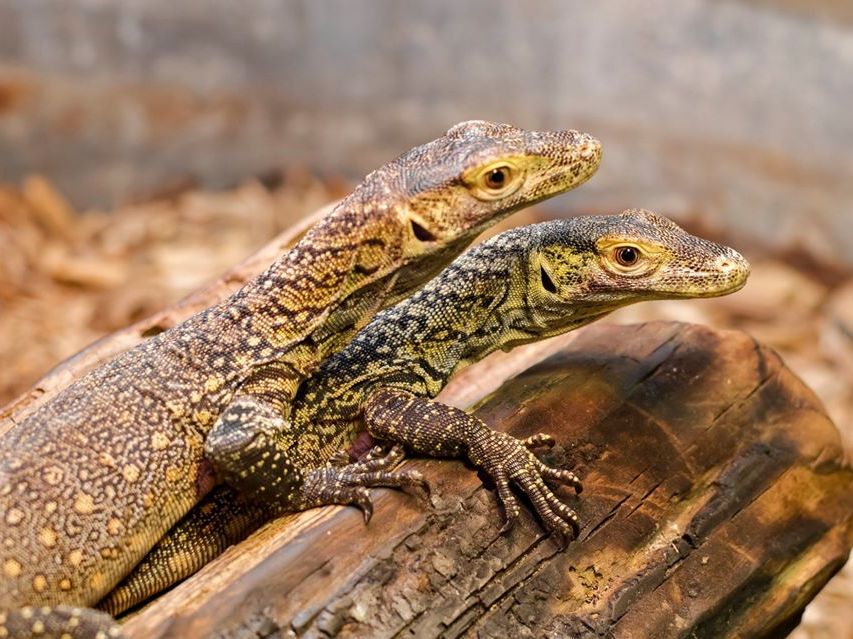Komodo dragon gives birth to three hatchlings without male partner
Zoo carries out DNA test to confirm parthenogenesis had taken place

Your support helps us to tell the story
From reproductive rights to climate change to Big Tech, The Independent is on the ground when the story is developing. Whether it's investigating the financials of Elon Musk's pro-Trump PAC or producing our latest documentary, 'The A Word', which shines a light on the American women fighting for reproductive rights, we know how important it is to parse out the facts from the messaging.
At such a critical moment in US history, we need reporters on the ground. Your donation allows us to keep sending journalists to speak to both sides of the story.
The Independent is trusted by Americans across the entire political spectrum. And unlike many other quality news outlets, we choose not to lock Americans out of our reporting and analysis with paywalls. We believe quality journalism should be available to everyone, paid for by those who can afford it.
Your support makes all the difference.A Komodo dragon has given birth to three hatchlings, without the involvement of a male partner.
The dragon, named Charlie, gave birth to the hatchlings, Onyx, Jasper and Flint at the Chattanooga Zoo in August 2019 in Tennessee.
At the time, the zoo was unable to verify if successful breeding had taken place between Charlie and the male, Kadal, who had been placed with the female dragon.
In a post on Facebook, the zoo explained why it had taken so long for the origin of their birth to be confirmed.
"At the time, it was unknown if they were a product of breeding with our male, Kadal, or if parthenogenesis had occurred. DNA results show that the hatchlings were, in fact, reproduced through parthenogenesis!"
Parthenogenesis is unusual, with the first cases recorded in 2006 in the UK at both London and Chester Zoo, according to Scientific American.
The publication explained how it works, saying: "In parthenogenesis, the mother's half-set of chromosomes doubles up to generate the full complement. Hence, the offspring derives all its genes from the mother, but they are not a duplicate of her genome."
They reported that only "0.1 percent of all vertebrate" are able to reproduce asexually.
Explaining how parthenogenesis developed, the zoo wrote that the process developed in the wild due to their isolated nature.
"In the wild, Komodo dragons mainly live isolated and often become violent when approached, which has allowed these animals to evolve to reproduce both sexually and parthenogenetically."
Announcing the news, the zoo playfully posted: "Our Komodo Dragon hatchling DNA results are in!
"*Maury Voice* Kadal, you are NOT the father!"
Join our commenting forum
Join thought-provoking conversations, follow other Independent readers and see their replies
Comments